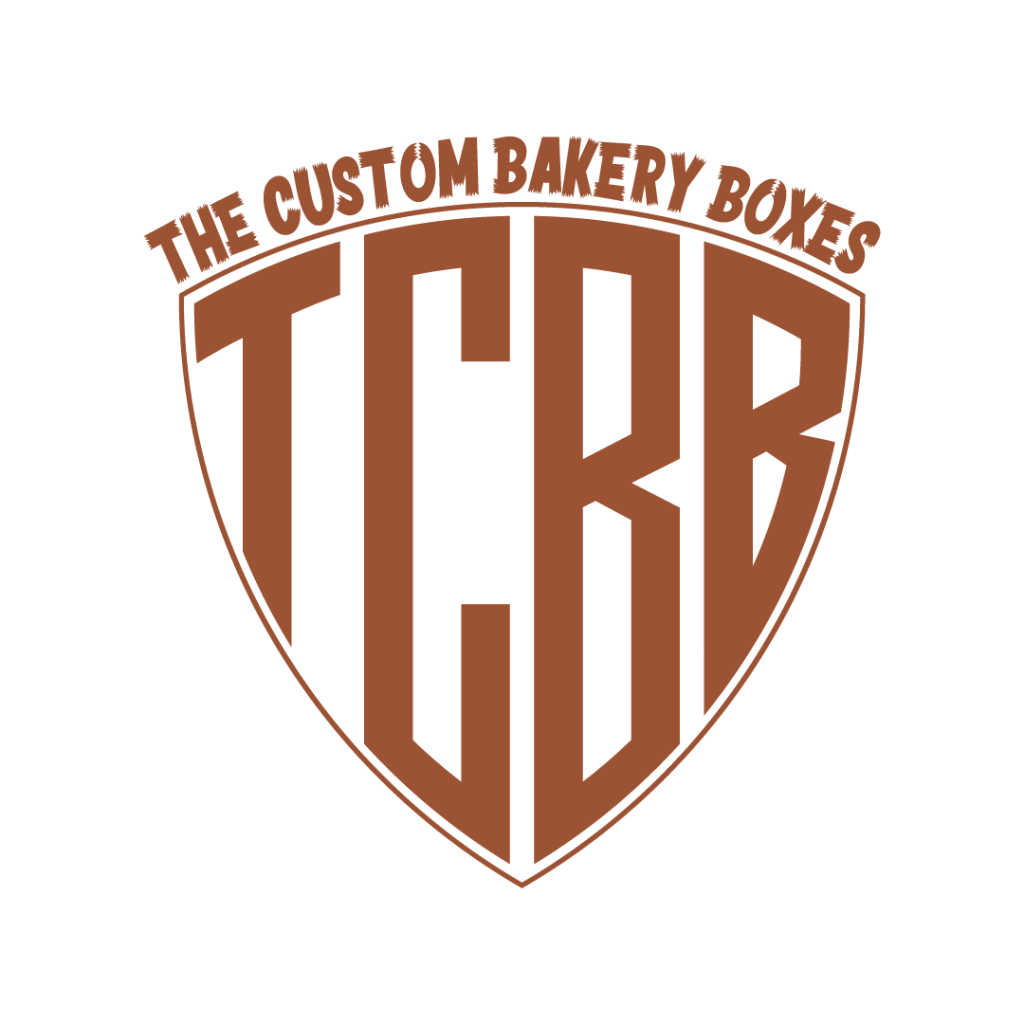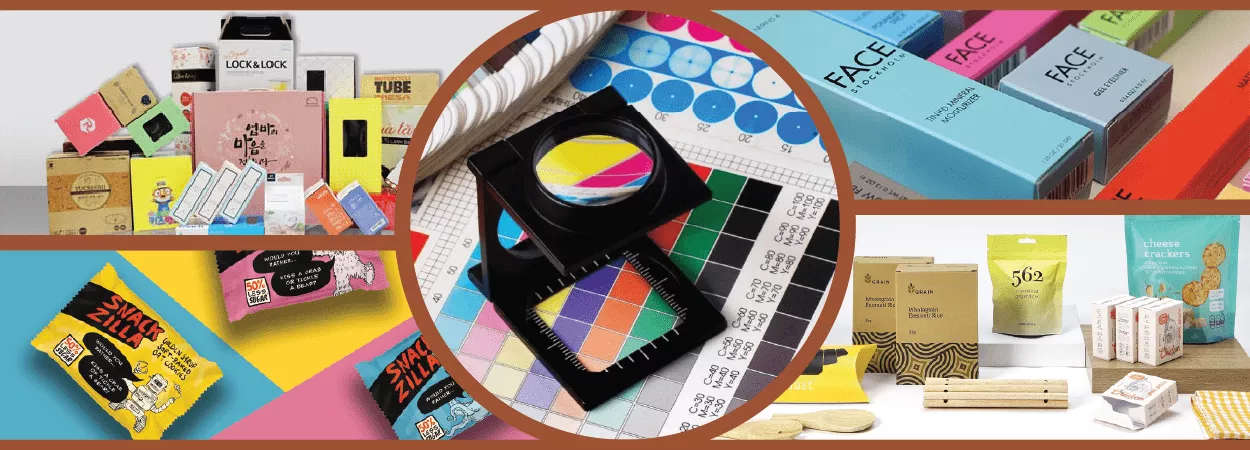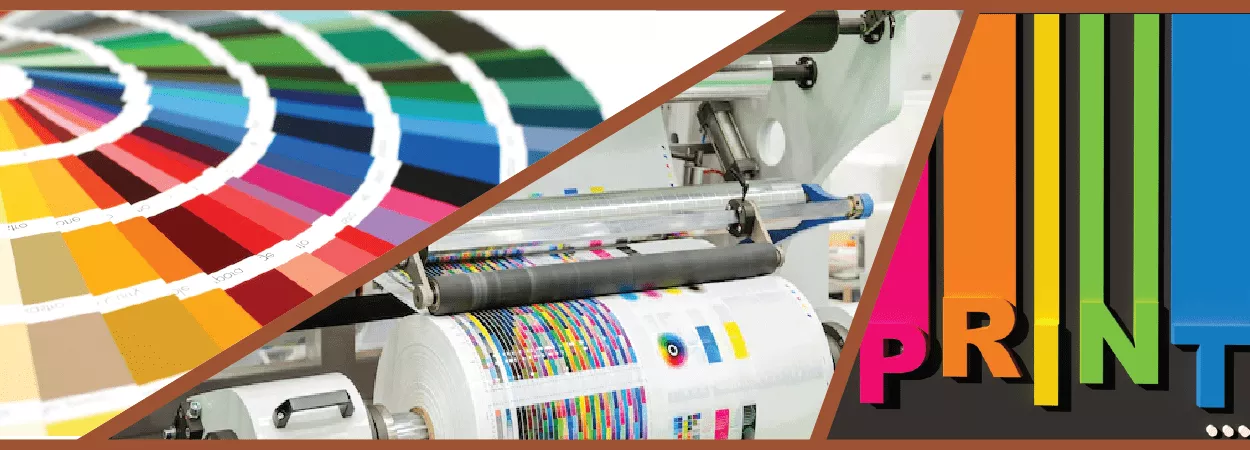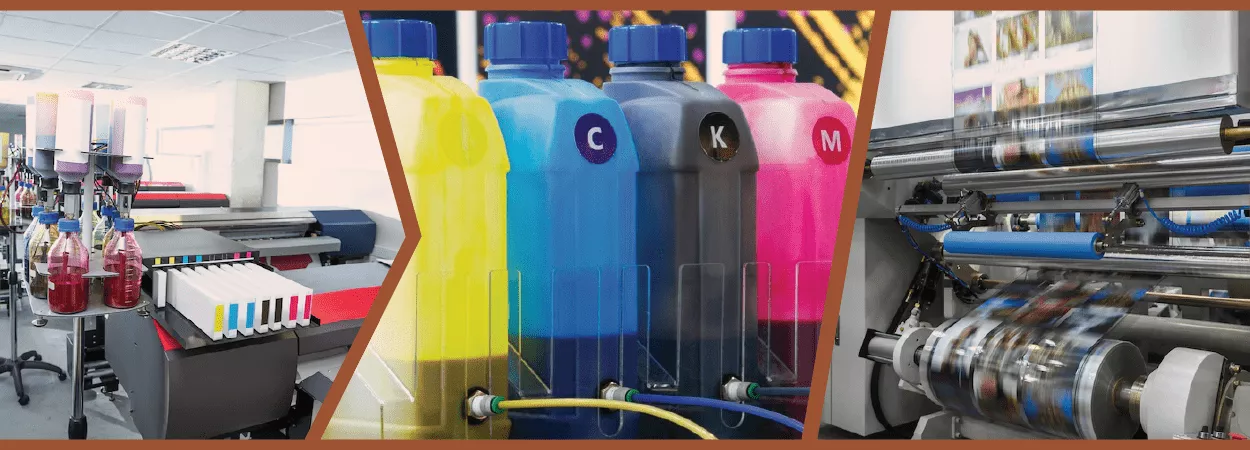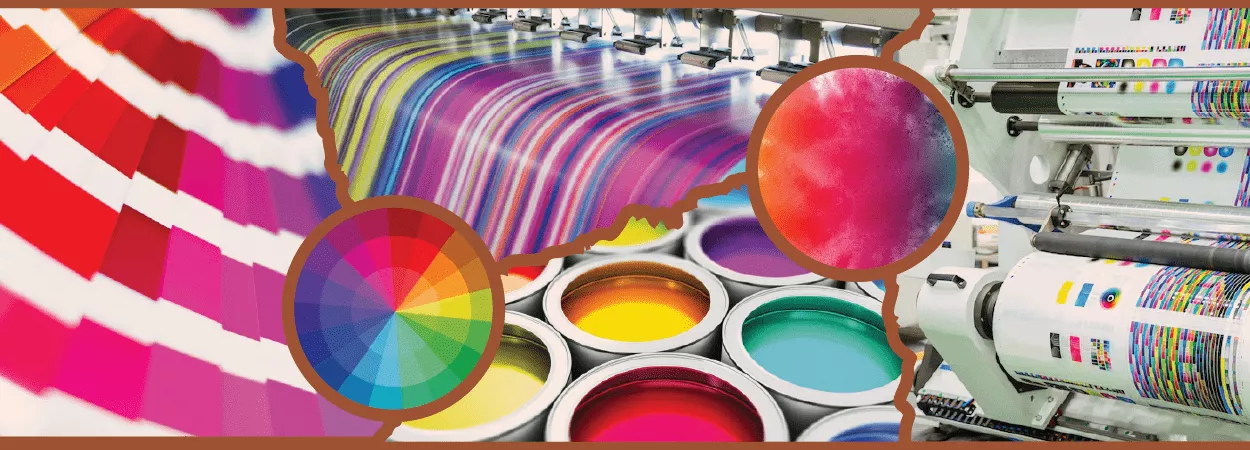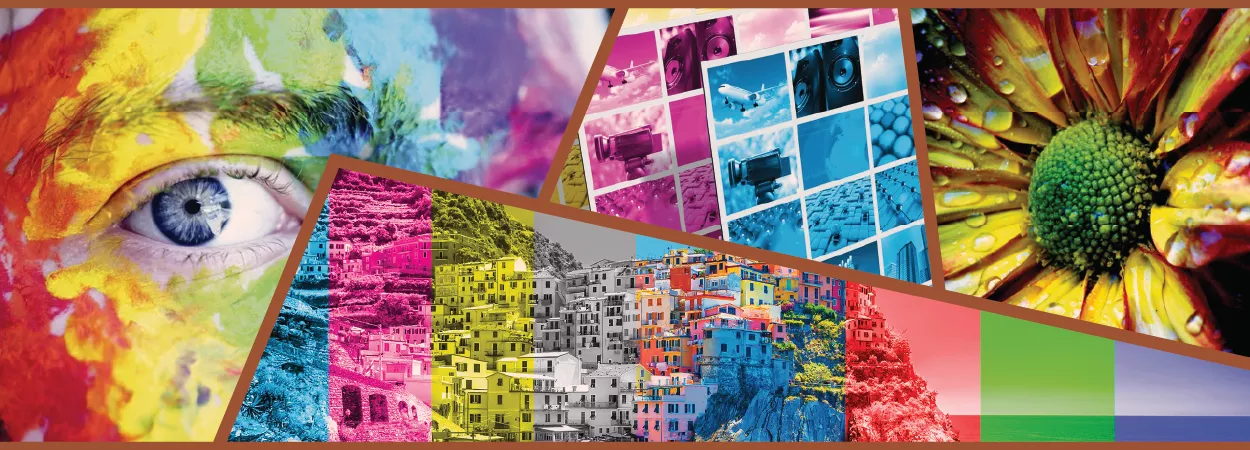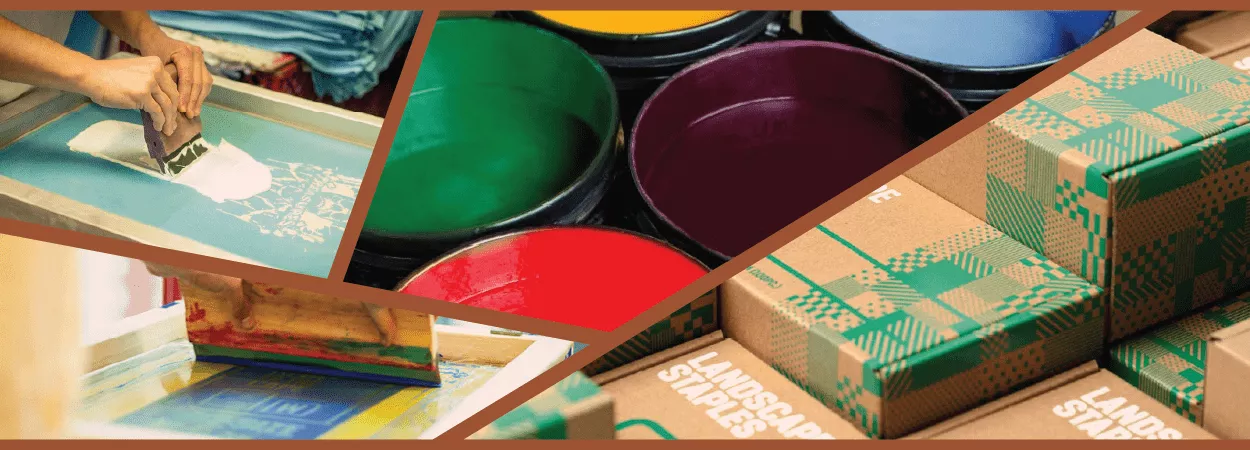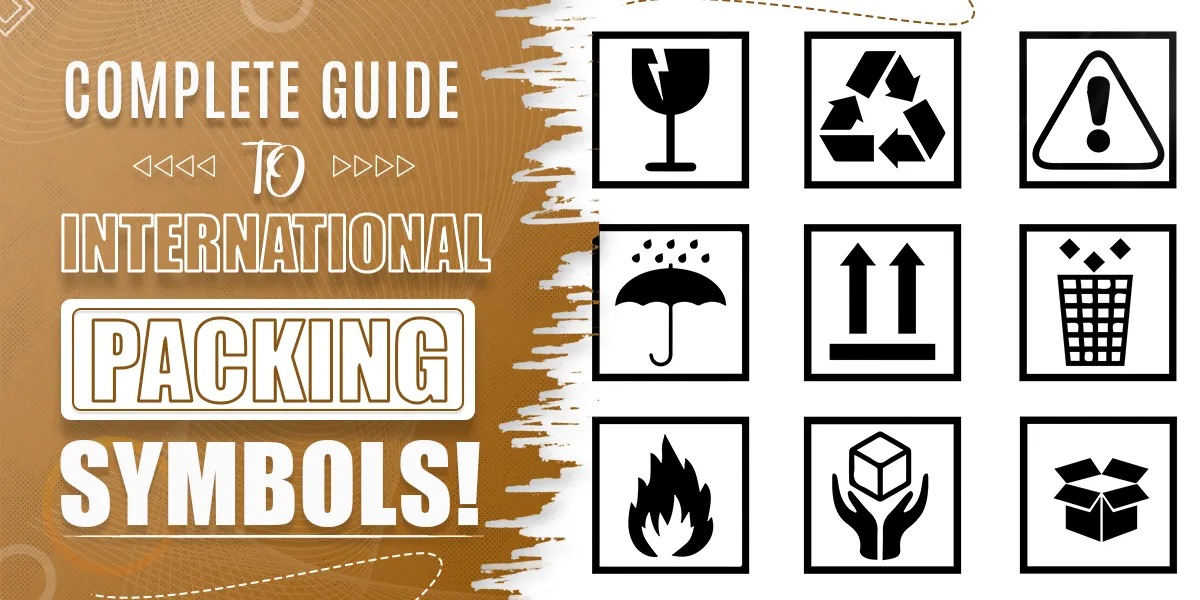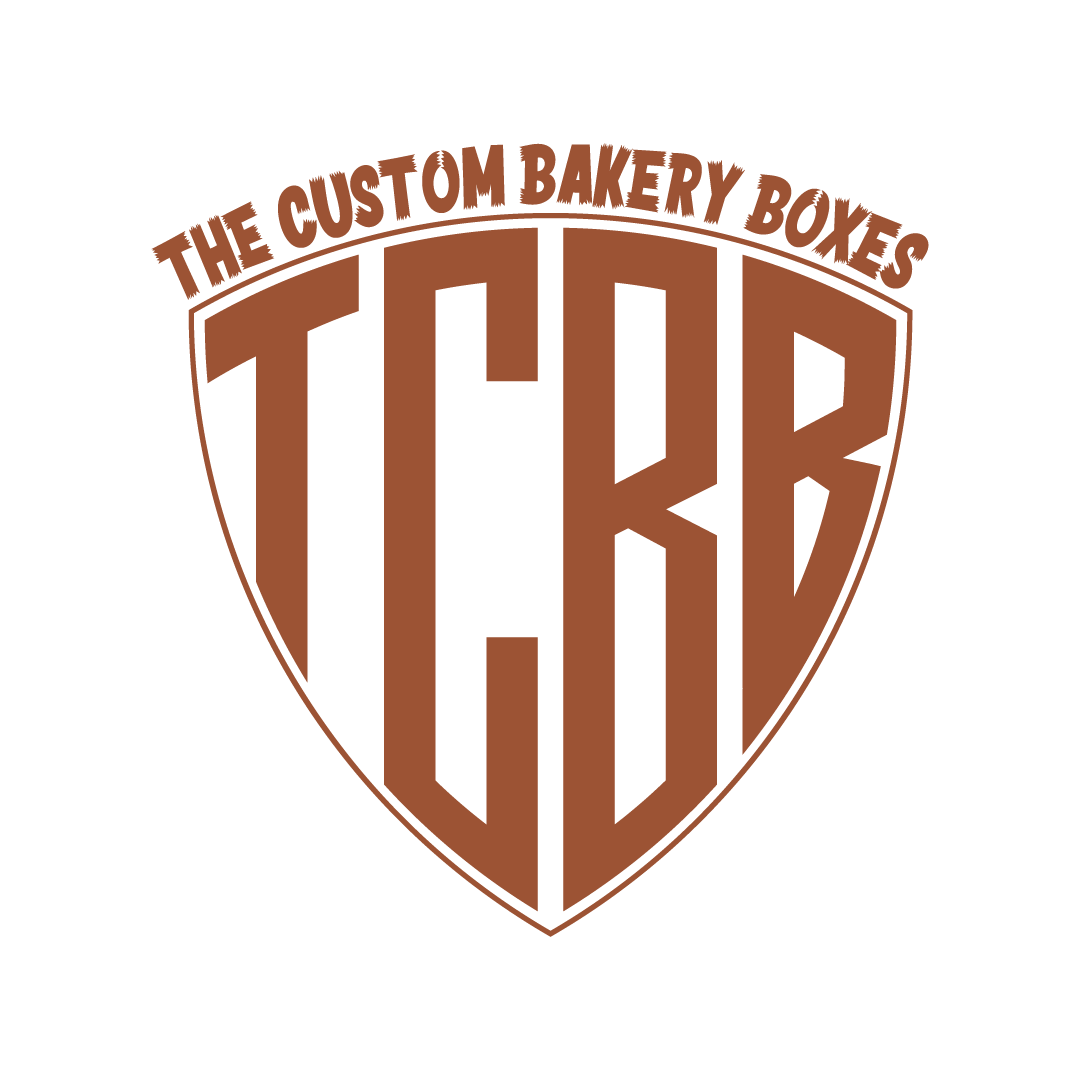Eye-catchy packaging is an important aspect of any brand’s marketing strategy. A lot of time and effort goes into creating a memorable design. Yet, what people don’t think about when they see your product for sale is all the time put into it. They have no idea how you customize your logo and print it on high-quality paper in vibrant colors to make it stand out. The CMYK printing process is an innovative and popular digital and offset printing technology. CMYK stands for Cyan, Magenta, Yellow, and Black.
If you hear this phrase without knowing what it means, don’t worry. You are not alone. This post gives a brief overview of CMYK printing and why it is used in printing. So, let’s dive in.
A Brief Intro to CMYK Color Meaning
So what exactly is CMYK color meaning?
Well, it is not as mysterious as you might think. In fact, CMYK for print is just an abbreviation for today’s popular print style. CMYK stands for the four colors Cyan, Magenta, Yellow, and Black. Additionally, other inks can be produced if you know the right combination. Yes, K, in this case, stands for black.
The CMYK color system is ideal when inks are applied to paper or other substrates. This technique works well to create printed images. It is perfect for varying the amount of ink to reproduce the colors desired on the page. This is because it only needs to be reduced by a small percentage. As a result, you can create vibrant colors called subtractive.
What Does Key Mean in Printing CMYK?
When assembling layers on paper or printing with ink, CMYK printing order is important because only one layer can be visible at a time. As we mentioned above, CMYK comes in four colors: Cyan, Yellow, Magenta, and Key (black). Key is a word that means black and might come from the printing CMYK process.
If one layer doesn’t blend well with the other, the result will look like a foul rainbow effect.
That said, a Key could actually mean any color plate, depending on the circumstances during production.
How Does CMYK Printing Work?
The CMYK color for printing is both simple and complex. First, there is the desired design or color to implement on the print medium. From there, they are mixed together in four different plates:
Cyan (C), Magenta (M), Yellow (Y), Black (K).
Next, the subtractive synthesis technique takes over. This is where the primary colors mix, much like colors mix when you paint something from scratch. As a result, it will produce more lively colors than originally intended for the project. Simply put, the process printing of CMYK uses ink instead of color.
So, speaking of how does CMYK work and its result, we can say that:
- Each layer blends slightly differently
- Less light will be absorbed by the eye
- Subtle gradations of color are visible rather than fixed
In printing, colors are determined by how light is reflected. The strength of these reflections determines whether the color of the paper appears dark or light. For example, if you have only 1 color printing in your ink and it’s black, but if you add all four colors in CMYK color printing to your image, you will see white instead.
How Does the CMYK Primary Colors Printer Work?
Creating design and print files in CMYK can seem overwhelming. But fortunately, it’s much easier than you think. Do note that you can only control the intensity of each color from 0 to 100. A ‘0’ represents a pure cyan CMYK ink. Besides, every other number represents an increase in pigment intensity for that particular color. So, if you want a stronger version, you must use a different code.
Colors will be made up of three primary colors. The only exception to this rule is CMYK black for print. The purest black formats are C100, M100, Y100, and K00. These CMYK printing color codes here increase the color intensity and darken the print.
What Is CMYK for Printing, and Why Should We Use It
Using CMYK for printing doesn’t seem very sensible at first, does it?
Well, you can reproduce any color of the rainbow with a CMYK printer. Let’s put it this way, TV screens and computer monitors use tiny red, green, and blue pixels to render the images we see every day. So, why shouldn’t a printer use the same RGB system as other printers?
For very good reason.
Color reproduction on a computer screen differs from that of printed matter. RGB mixed colors tend to be brighter, ideal for projection on darker screens, but in print, it will see RGB-derived colors quite differently. RGB is an additive process that reproduces one color by layering ink on a sheet of paper. This means that it is almost impossible to produce a brighter color.
So, How to Print Bright Colors In CMYK?
The more ink you add, the darker and richer the resulting color will be. This applies no matter how “brighter” that ink appears. However, the subtractive nature of CMYK means that color reproduction is the result of using fewer inks. This makes CMYK the best way to reproduce printing primary colors accurately every time.
What About CMYK Print Resolution?
The RGB color process is not very effective for printing purposes. In fact, it requires mixing three colors (red, green, and blue) of ink to make white. This can cause problems when recycling. Since the inks used in printers are no longer pure, they can only sometimes be combined with other recycled papers and plastics that are ideal for paper but require water-based dyes.
This is where the CMY (Cyan Magenta Yellow) system was developed to create a complete color spectrum.
For instance:
- You can combine cyan and CMYK magenta to get a blue color
- Mixing yellow with blue produces green
- Mixing red with yellow produces orange
As you may know, black ink has always been part of this four-color printing. However, in the past, printers had to mix cyan, magenta, and yellow inks to produce black as well.
The good news is that this is no longer necessary, as it was more efficient to use just one color.
This discovery led to his CMYK (Cyan, Magenta Yellow Key). This can be considered subtractive. Why?
Because it uses less common combinations like red and blue or green and purple before becoming white.
What Is CMYK Color Mixture?
Mixing CMYK colors requires a more complex process than just dipping a brush in color and swiping across the paper. When printed, these four colors are actually printed as very small dots. This is what are the color dots on packaging mean. These dots overlap and create different tones and shades within one color.
When printed, the colors don’t really mix.
For example, it prints as small dots of cyan or magenta on top of yellow. With that layer between them, all these little spots look different than they would without the layer. So our eyes can see them separately even if we need color in different areas.
The Good Side of Using CMYK Screen Printing Ink for Packaging
CMYK plastisol ink will be perfect for printing with water-based inks and plastisols. It has a soft texture, not rustic. This gives the packaging a good structure and an excellent finish. Additionally, CMYK printers can also utilize wet-on-wet printing techniques, allowing for efficient color blending and smooth transitions. Speaking of techniques, let’s shift our focus to understanding the fundamental concept of packaging in the context of product presentation and protection. So, what exactly is the packaging?
What Is CMYK Printing Function to Help Your Business?
Accurate color representation is essential when printing business materials such as business cards, marketing flyers, or quarterly reports. Designs, graphics, and logos were originally assembled on RGB computer monitors to display as ordinary. However, you can get a better result if you convert those images to CMYK prior to printing.
Speaking of when did color printing start, a good packaging and printing company knows this. In fact, it is their job to get you exactly what you want. Additionally, they know color theory thoroughly, especially when it comes to how a CMYK print project will look when designed in RGB. With the help of a professional packaging and printer company such as The Custom Bakery Boxes, you can always look forward to color-accurate and professional-looking prints!
In Summary
Without any doubt, eye-catchy packaging is an important aspect of any brand’s marketing strategy. This is where the CMYK printing option is ideal for packaging printing. Hence, this color model is the best option if you wish to take your packaging to the next level. Finally, please read the CMYK guide above and get all the information about the printing process before moving on to packaging solutions.
FAQs
Q. What is CMYK color meaning?
CMYK stands for the four colors Cyan, Magenta, Yellow, and Black. Additionally, other inks can be produced if you know the right combination.
Q. What does Key mean in printing CMYK?
Key is a word that means black and might come from the printing CMYK process.
Q. What is CMYK for printing and why should we use it?
You can reproduce any color of the rainbow with CMYK printer.
Q. What is CMYK printing functioning to help my business?
You can get a better result if you convert images to CMYK prior to printing.
